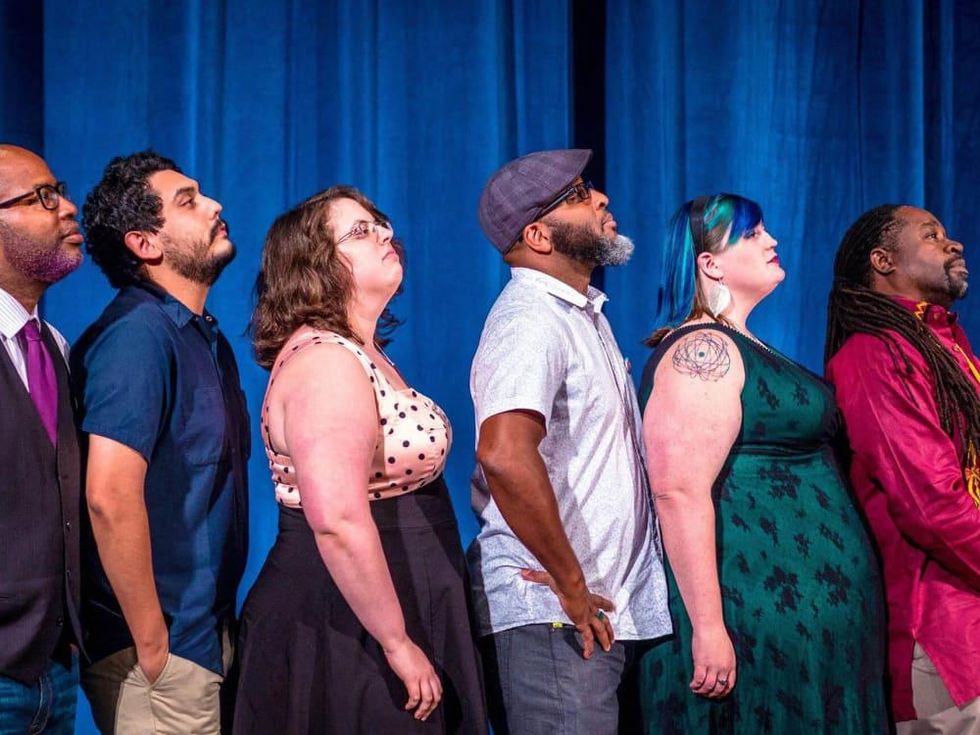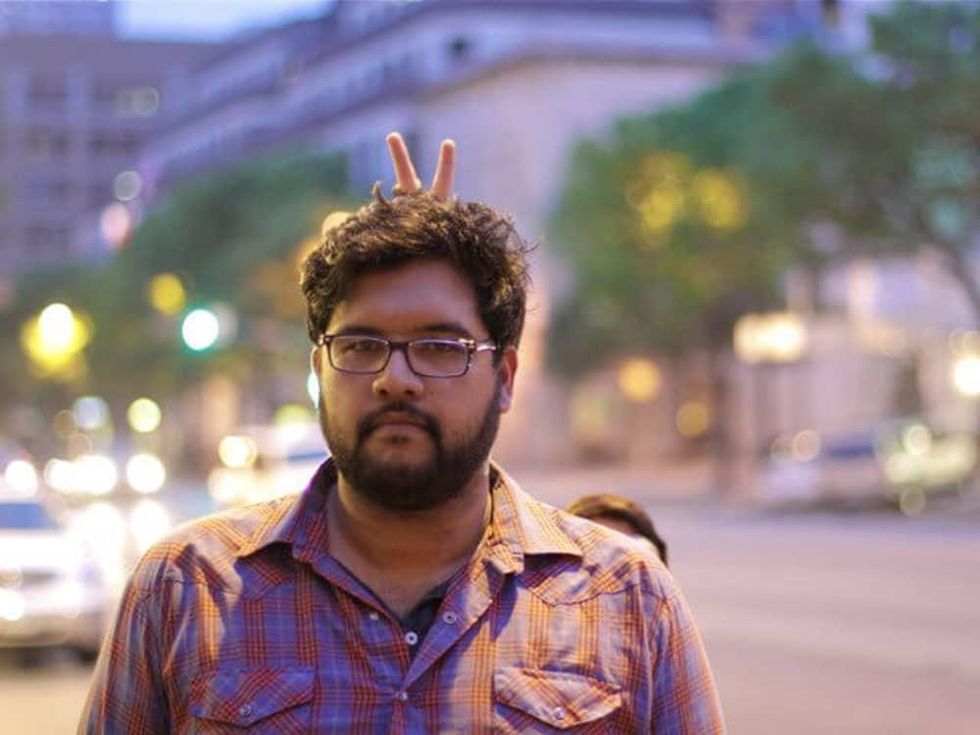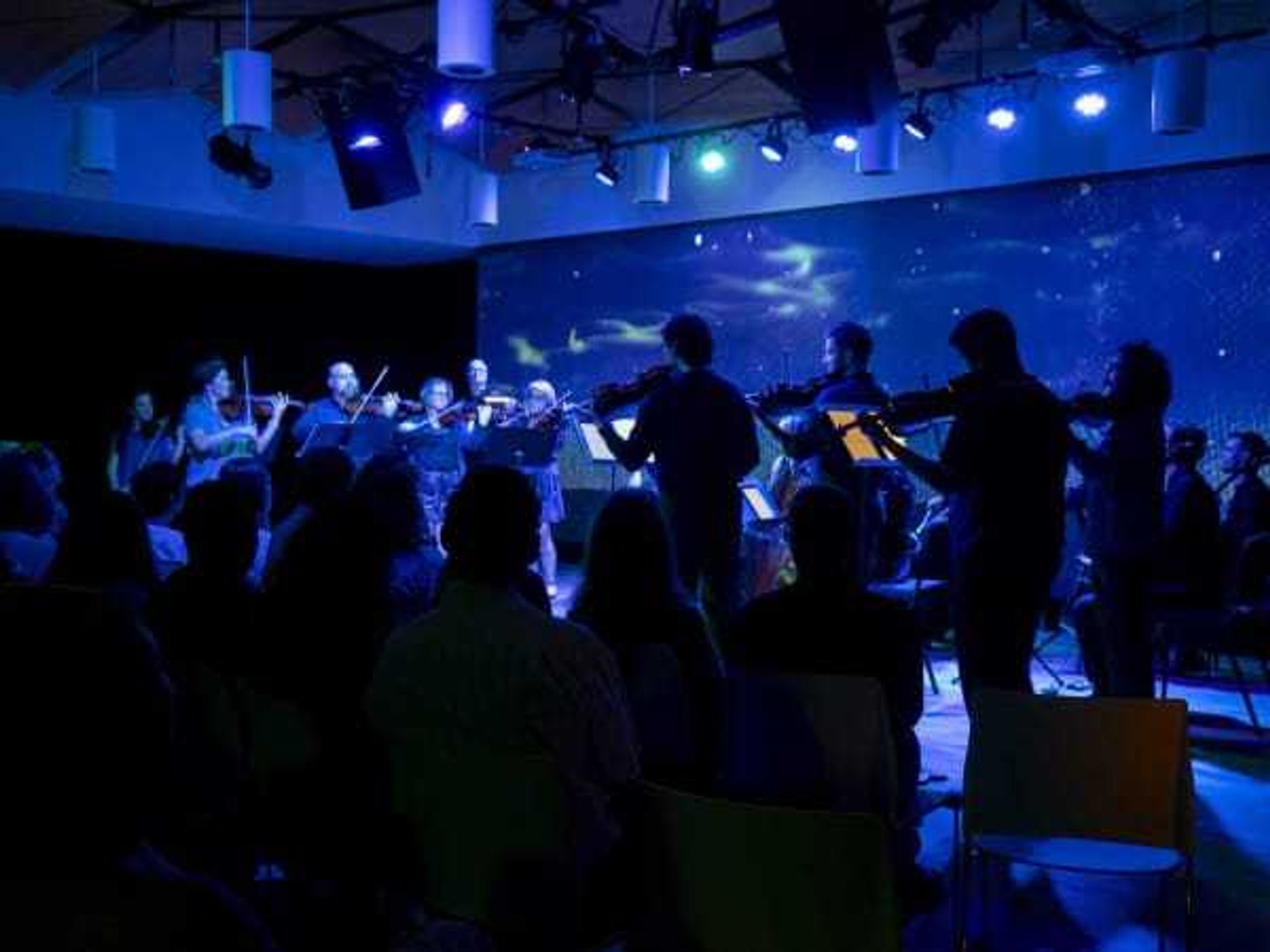Art Spotlight
These artists are going underground to keep Austin artsy
In 2016, Salvage Vanguard Theatre, a beloved performance space and hub for artists of all types, shut its doors for good. The closure sent ripples of sadness through a community that is continually feeling the effect of Austin’s affordability crisis. It is also symbolic of the state of other cherished venues in town.
However, some lesser known performance spaces are holding on, and even thriving, in town. Meet the artists and learn about the spaces that are taking their work underground and keeping Austin artsy.
Santa Cruz Center for Culture
Located on the swiftly changing east side, the Santa Cruz Center for Culture, which used to solely feature performances by Aztlan Dance Company, is now opening its doors to all artists. “Our goal for this place is to be a home for the arts,” Ryan Salinas, artistic director, said.
Santa Cruz produces shows that shed light on issues facing marginalized communities. From hip-hop improv workshops to Chicano and contemporary dance to theater, Salinas aims to showcase lesser-known artists in Austin. In January, the theater will premiere Cages, a play centered on the experiences of inmates of color.
Santa Cruz’s role in the community hasn't changed from its roots as a grocery-turned-theater in Austin’s now gentrified barrio. “When this place was started by my grandmother in the '70s, it was an outlet for children and parents during the civil rights movement, it was another form of protest.” Salinas said.
Salinas hopes the theater will continue serving as a voice in today’s political climate. But like many other theaters in town, Santa Cruz is feeling the strong effects of rising costs.
“Our overhead includes three major things — the electric bill, taxes, and insurance,” Salinas said. “Taxes keep skyrocketing ... We went from paying six grand five years ago to hitting 15 to 18 grand a year, so we have to be able to generate big money.”
Derek Kolluri
For Derek Kolluri, an Austin director and producer who works with the Sustainable Theatre Project, the lack of affordable performance space was a catalyst to create a new, venue-less work this May or June. “In some ways it’s sort of tiring to beat the system,” Kolluri said. “But just because you take our space doesn’t mean you can take our art.”
The show, We are proud to present ... , will run throughout the city in nontraditional spaces like backyards, empty storefronts, and warehouses. In 2010, Kolluri pulled off a similar feat by installing a show in a retail space that was not occupied.
“There’s something about seeing a piece of art or theater in your neighborhood that’s important,” Kolluri said. “It makes whatever the play is about closer to home.”
Kolluri’s concept will also help increase accessibility, as the cost to attend shows is a barrier for many in Austin. “Accessibility and affordability is important to me,” Kolluri said. “Theater gives a point of view or perspective that opens people’s minds up or makes them feel like they are part of their community or world.”
Da'shade Moonbeam/Neo Soul Poetry Lounge
For Austin native Da’shade Moonbeam, the challenges of being a performer of color are bringing him back to his roots. The martial artist, filmmaker, emcee, and comedian began his performance career staging shows in backyards, and now he is considering returning there.
“My perspective on venues underground is that a lot of them are gone. They started dying out as gentrification came in and people got priced out of their spots,” Moonbeam said. “One that is still pretty much going is the NeoSoul Poetry Lounge.”
The weekly NeoSoul Poetry Lounge is hosted at Mr. Catfish and More, a seafood restaurant in East Austin. The poetry slam features poets and other artists every Thursday night. Although Mr. Catfish was not intended as a performance space, poets have called the place home for the past three years.
Moonbeam has ideas about how Austin can better support its performing artists.
“Austin needs to make it easier for artists to make a living here. If there’s a warehouse in an industrial park that’s been abandoned, why not create a temporary stipend where a company can go into that space, bring in things for production, and then convert the space into its original state,” Moonbeam said. “We need to think outside of box.”



